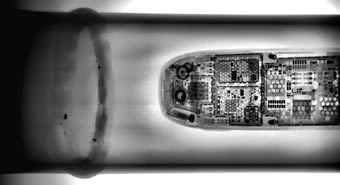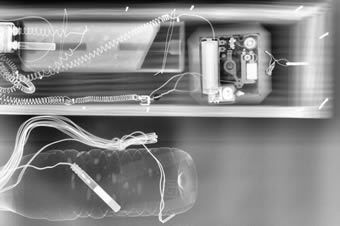
Cellphones and other wireless communications devices are providing terrorists an effective means of control. By separating the device preparation and placement from the actual activation, IEDs can be planted in different locations and be activated by remote command, in response to the target’s behavior – such as speed of movement, specific target vulnerability, local situation (vis-à-vis nearby civilians) or when a specific VIP is being targeted in a convoy.
Jammers combat insurgents’ wireless and mobile phone triggering ‘dial a bomb’ IEDs

As improvised explosive devices proliferated throughout the world, adversary operating techniques have also evolved, utilizing advanced triggering devices, enabling perpetrators to activate these explosive devices with devastating timing and accuracy, to overmatch passive and active means of protection such as ballistic armoring and evasive maneuvers. IED jammers are designed to cut off radio communications from the triggering transmitter to the device attached to the bomb, thus temporarily preventing bomb detonation while the jammer is in effective range.
At Milipol 2009, two Israeli companies – Netline and SESP are displaying advanced high-power jammers, among them devices designed for EOD and VIP applications. (read more…)

An Insight into the IED
While jamming temporarily eliminates the threat of IED, the device remains highly dangerous until it is deactivated and eliminated. EOD teams tasked with this dangerous mission utilize robotic systems to inspect the suspicious devices and deactivate it by disrupting or eliminating the activation mechanism. While sophisticated equipment is available for visual inspection of the devices, looking through the devices, by X-ray or computer tomography is still a complex task handled by professionals. (read more…)
Safely Training to Deal with IEDs
Another aspect of handling IEDs is the training of EOD, and security inspectors performing searches for such devices in passenger baggage. The Israeli company TAMAR Explosives is introducing at Milipol 2009 the X-test range of explosive simulants, products specifically designed for training and testing of homeland security personnel. The X-test products realistically simulate the actual explosives they represent, in appearance, texture, odor, and density. (read more…)
















